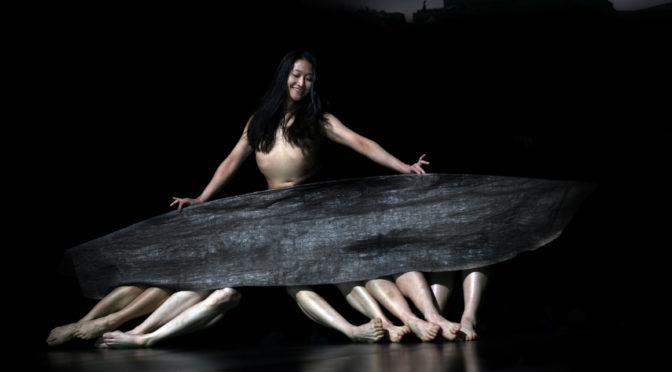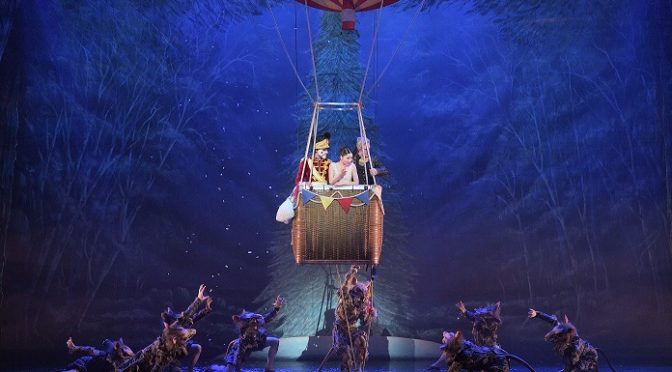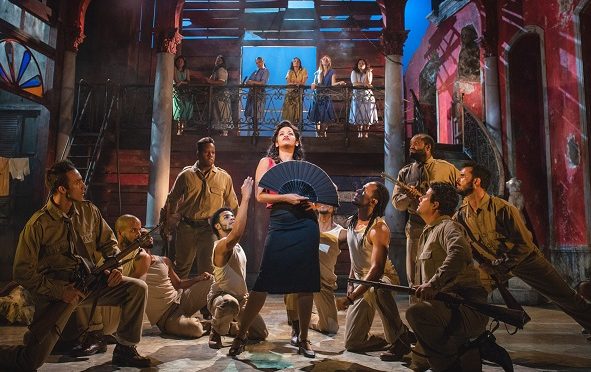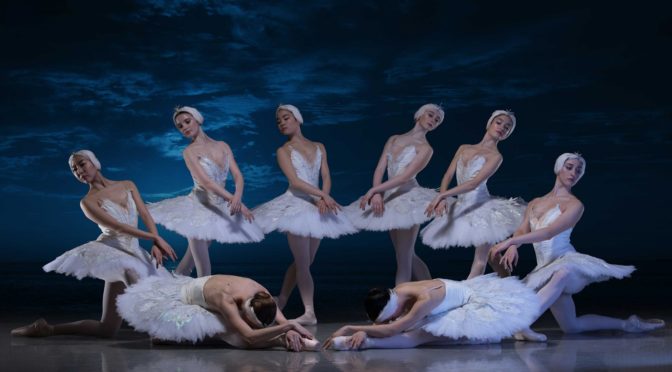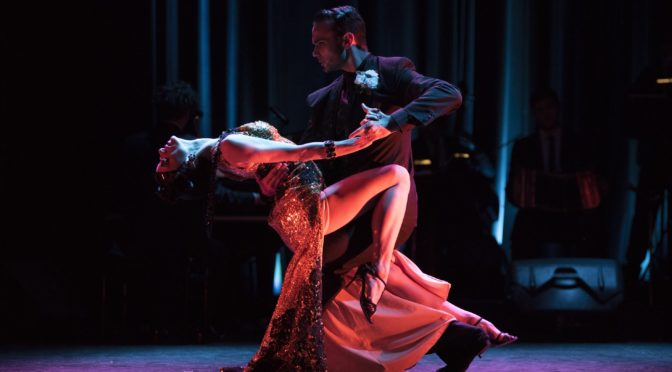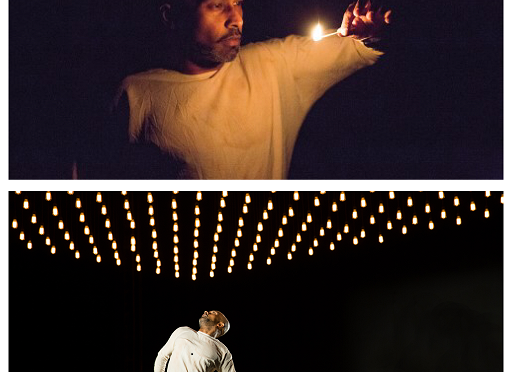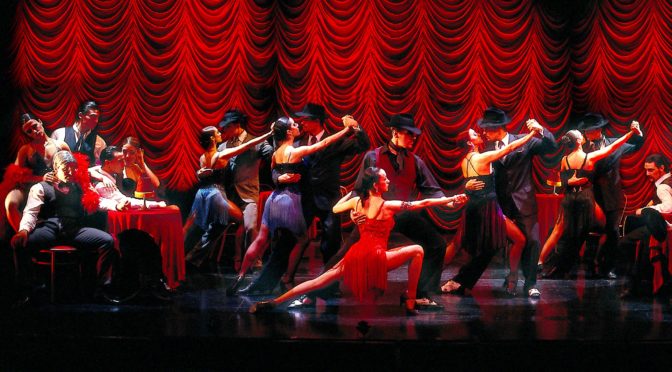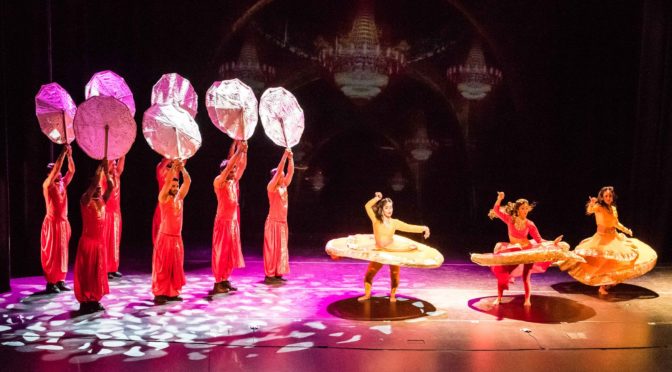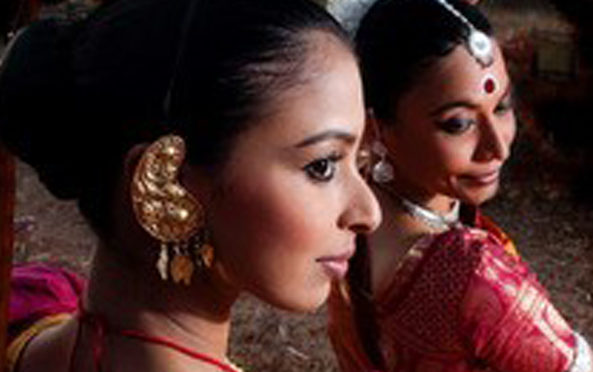In honour of Pina Bausch’s tremendous impact on the dance world, Dimitris Papaioannou is the choreographer for Since she; a piece where the dancers weave their surroundings into a surreal dream-like atmosphere. The dancers of Tanztheater Wuppertal Pina Bausch perform the UK premiere of Since she at Sadler’s Wells. Since Pina Bausch’s passing in 2009, Dimitris Papaioannou is the first choreographer to add to the company’s repertoire with a brand-new, full-length piece.
Papaioannou has used myths and classical paintings as inspiration. These references are played out on stage with a variety of props that create a series of striking imagery. The chairs are particularly important here and pose a familiar resemblance to Pina Bausch’s work and the set of Café Müller comes to mind. They are used to journey the dancers across the stage in the show’s beginning and make regular appearances such as the use of a single chair in a simple but impressive balancing feat performed by Scott Jennings.
Since she is accompanied by a wide musical arrangement spanning from Greek folk music to Mahler. As the women grace the stage, they appear as if they are Greek goddesses with floating gowns and an ethereal presence. The piece shows a seriousness in a beautiful standout image where the dancers are seen slowly writhing down the set in what looks like an unusual dystopian vision that one could come across in a painting or a movie. Whilst there is a purity and serenity within these moments, the piece very cleverly involves different tones and surprises much to the audience’s entertainment.
Since she also bears a more racy and comical manner that sees glimpses of nudity flash across the stage. In one of these moments, Tsai-Wei Tien is modestly concealed with cardboard and an addition of five pairs of legs and she is later seen swivelling her feet in the most delightful and flirtatious way. The comedy and flirting also make its way into a voyage where all the dancers board two make-shift boats together.
There is often a reoccurring elegance and lustre that features in the decorum of the dancers, the glamourous changes in music and the revealed streaks of gold that makes its way into the dresses and finally the set as the dancers bring the show to a heart-warming close.
With the many emotions and adventures that Since she provokes, all 16 dancers demonstrate a theatricality that is profound in the delivery of Papaioannou’s style as well as its remarkable homage to Pina Bausch.
Reviewed by Eleanor Soflet
Photo credit: Julian Mommert

